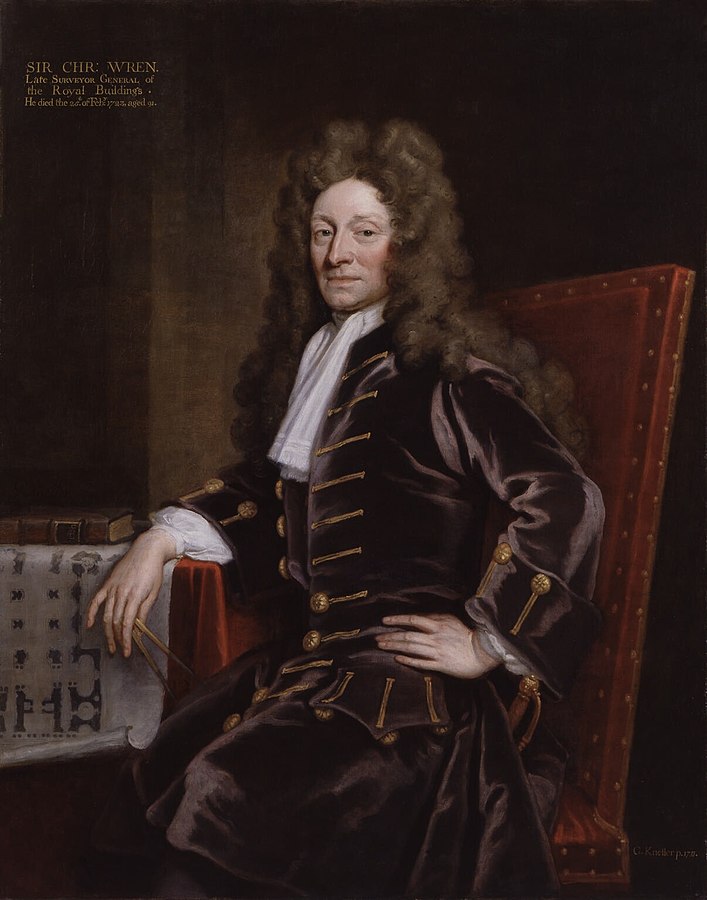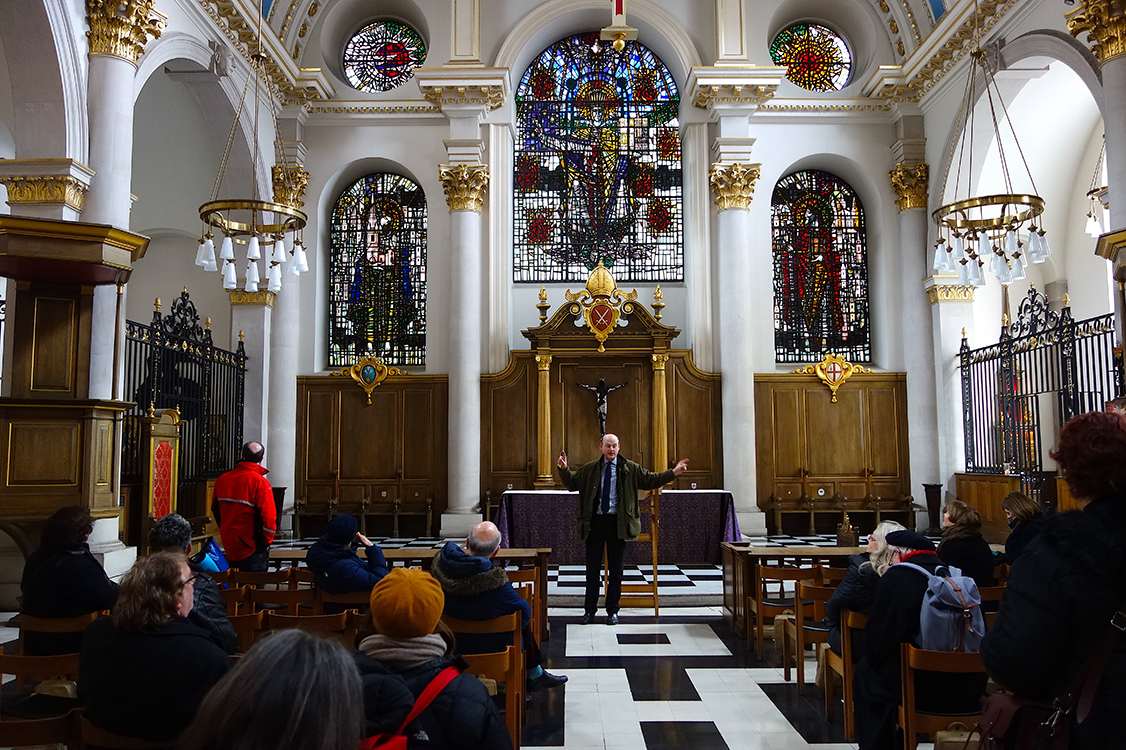On 8 March 1723 Sir Christopher Wren died in his 91st year. He was the architect behind the rebuilding of London in Portland limestone after the Great Fire of 1666, and to mark this tercentenary the Square Mile Churches of the City of London are holding a year-long education and conservation programme about Wren's work.
Wren300, as it is called, is supported by a £241,000 grant from The National Lottery Heritage Fund and contributions from the Royal Academy of Engineering, The Linbury Trust and the London Fire Brigade Museum.
Wren is best known as the architect of St Paul’s Cathedral, where today he is buried under a gravestone with a Latin inscription, part of which translates as: 'If you seek his memorial, look about you.'
And look further than St Paul’s, because Wren also had responsibility for the rebuilding of 50 other churches in the City of London after the Great Fire as well as many other buildings.
His tercentenary is being marked by the churches with a year-long programme of conservation, heritage, and musical activities intended to be of interest to children and adults alike.
It includes school pupils building a replica of the dome of St Paul’s, a ‘Wrenathon’ of choirs across the City of London and a series of workshops run by stone and conservation specialist Cliveden Conservation on construction techniques and sustainable construction materials inspired by Wren’s work.
To introduce the tercentenary programme to the Press, on 6 March Harry Mount, the architectural historian and editor of The Oldie magazine, led a walking tour of Wren’s London, visiting four of Wren's churches, starting and ending at St Stephen's Walbrook. Paul Slade was there for Natural Stone Specialist.
Honorary Patron of Wren300 Square Mile Churches is architect Lord Norman Foster of Thames Bank. He says of the project: “Sir Christopher Wren was one of our greatest ever citizens. I admire him not only as a great architect but also as a surveyor and manager who, remarkably, came up with a plan for rebuilding the City only days after the Great Fire. What is even more extraordinary is that he succeeded in carrying it out, supervising the rebuilding of 51 churches, including St Paul’s Cathedral, where he used a completely new architectural language not previously seen in England. His influence continues to this day.”
Annie Hampson, who Chairs the Wren300 programme, says: “Wren300 is a celebration of an extraordinary and prolific career that occurred at a changing point in British history and transformed our architecture.
“The Great Fire of London decimated the City and Wren brought his pragmatism and skill to the rebuilding of the City Churches, providing him with the expertise and knowledge to achieve his greatest masterpiece in the rebuilding of St Paul’s.
“The Wren300 project provides a range of activities that will ensure these Churches are better known and appreciated, that they are an enriching experience to all who come to them, a learning resource for young people living in and around the City of London and a lasting legacy that will ensure their survival for generations to come.”

Sir Godfrey Kneller's 1711 portrait of Sir Christopher Wren in the National Portrait Gallery, London.

